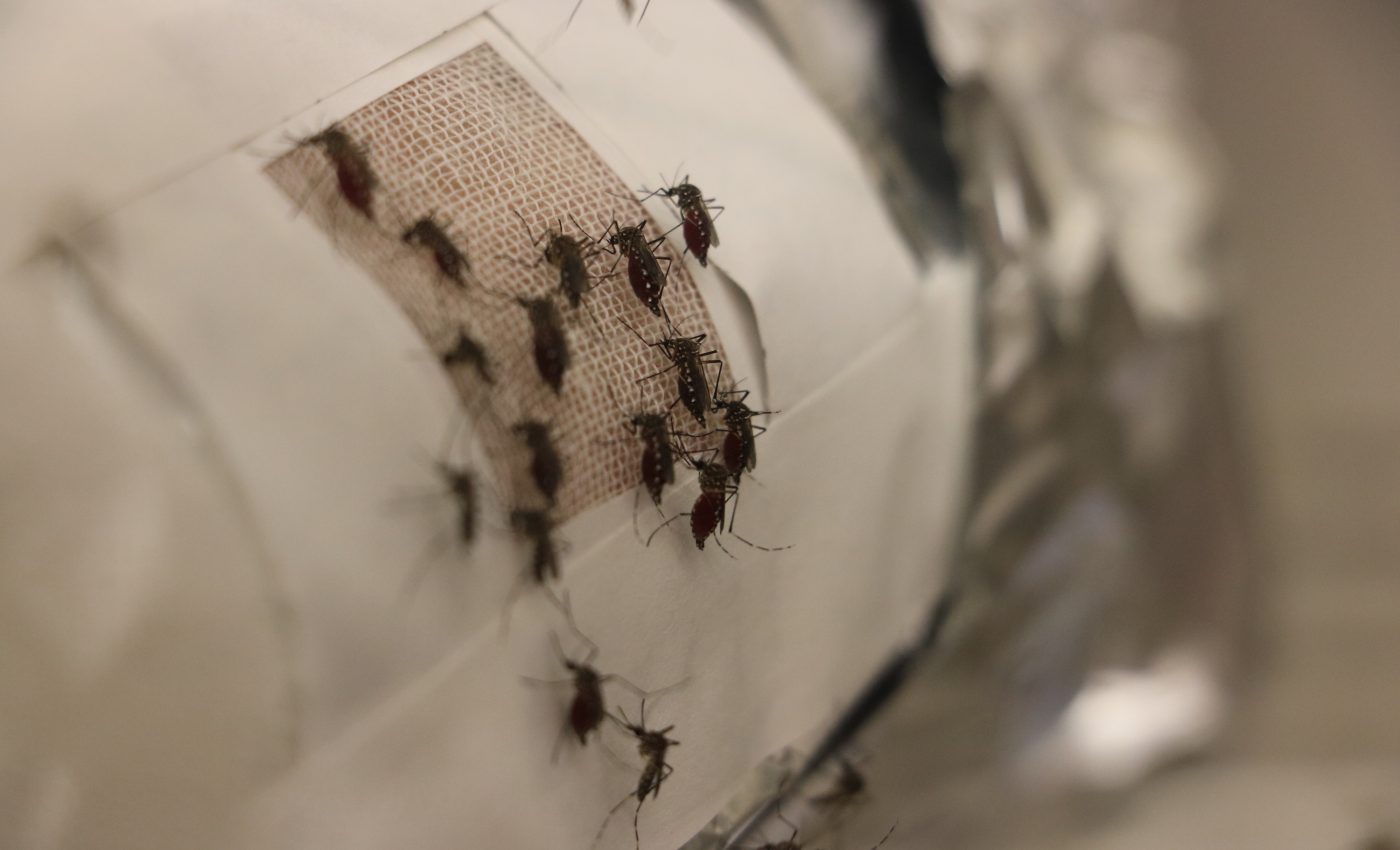
Clothing lined with graphene could help deter mosquitoes
Clothing lined with graphene, an ultra-thin nanomaterial comprised of carbon atoms arranged in a lattice configuration, could help prevent mosquito bites.
Graphene is lightweight, flexible, stronger than steel, and can be used in a single layer or stacked together. There are a wide variety of potential uses for the material including in batteries, solar cells, and even DNA sequencing.
Researchers from Brown University have now discovered a new use for graphene as a mosquito deterrent.
The team discovered that graphene layers are impenetrable for mosquitoes in search of a blood meal, and the material blocks the chemical signals a mosquito uses to find a host.
Clothing lined with layers of graphene could keep people safe from disease-carrying mosquitoes.
The researchers detailed their findings in a new study published in the journal Proceedings of the National Academy of Sciences.
“Mosquitoes are important vectors for disease all over the world, and there’s a lot of interest in non-chemical mosquito bite protection,” said Robert Hurt, a senior author of the study. “We had been working on fabrics that incorporate graphene as a barrier against toxic chemicals, and we started thinking about what else the approach might be good for. We thought maybe graphene could provide mosquito bite protection as well.”
For the study, participants were asked to put their arm in an enclosure filled with lab-bred, disease-free mosquitoes.
Some of the participants either had a patch of cheesecloth or a graphene oxide lined cheesecloth patch on their skin. The other participants just exposed bare skin to the mosquitoes.
Only a small patch of skin was exposed, and the researchers recorded how many participants were bitten.
Graphene repelled mosquitoes, and participants that had the graphene oxide patch didn’t get bit once. Mosquitoes also responded differently when presented with graphene.
“With the graphene, the mosquitoes weren’t even landing on the skin patch — they just didn’t seem to care,” said Cintia Castilho, the lead author of the study. “We had assumed that graphene would be a physical barrier to biting, through puncture resistance, but when we saw these experiments, we started to think that it was also a chemical barrier that prevents mosquitoes from sensing that someone is there.”
The researchers confirmed that graphene acts as a chemical barrier, and some forms of graphene oxide can only effectively prevent mosquitoes from puncturing the material when dry.
Reduced oxygen content (called rGO) graphene oxide works wet or dry but lacks the breathability of graphene oxide.
“GO is breathable, meaning you can sweat through it, while rGO isn’t,” said Hurt said. “So our preferred embodiment of this technology would be to find a way to stabilize GO mechanically, so that is remains strong when wet. This next step would give us the full benefits of breathability and bite protection.”
—
By Kay Vandette, Earth.com Staff Writer
Image Credit: Hurt Lab / Brown University













